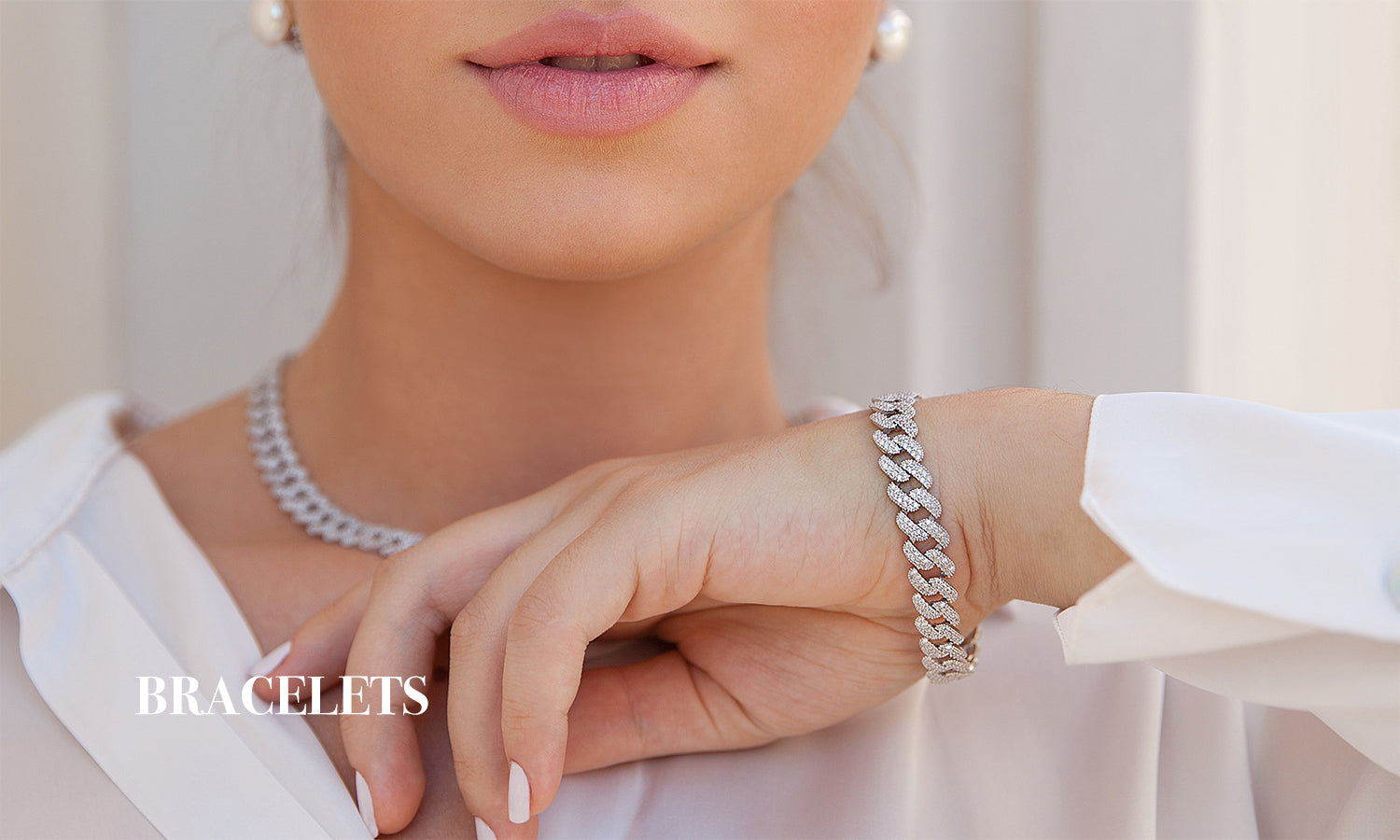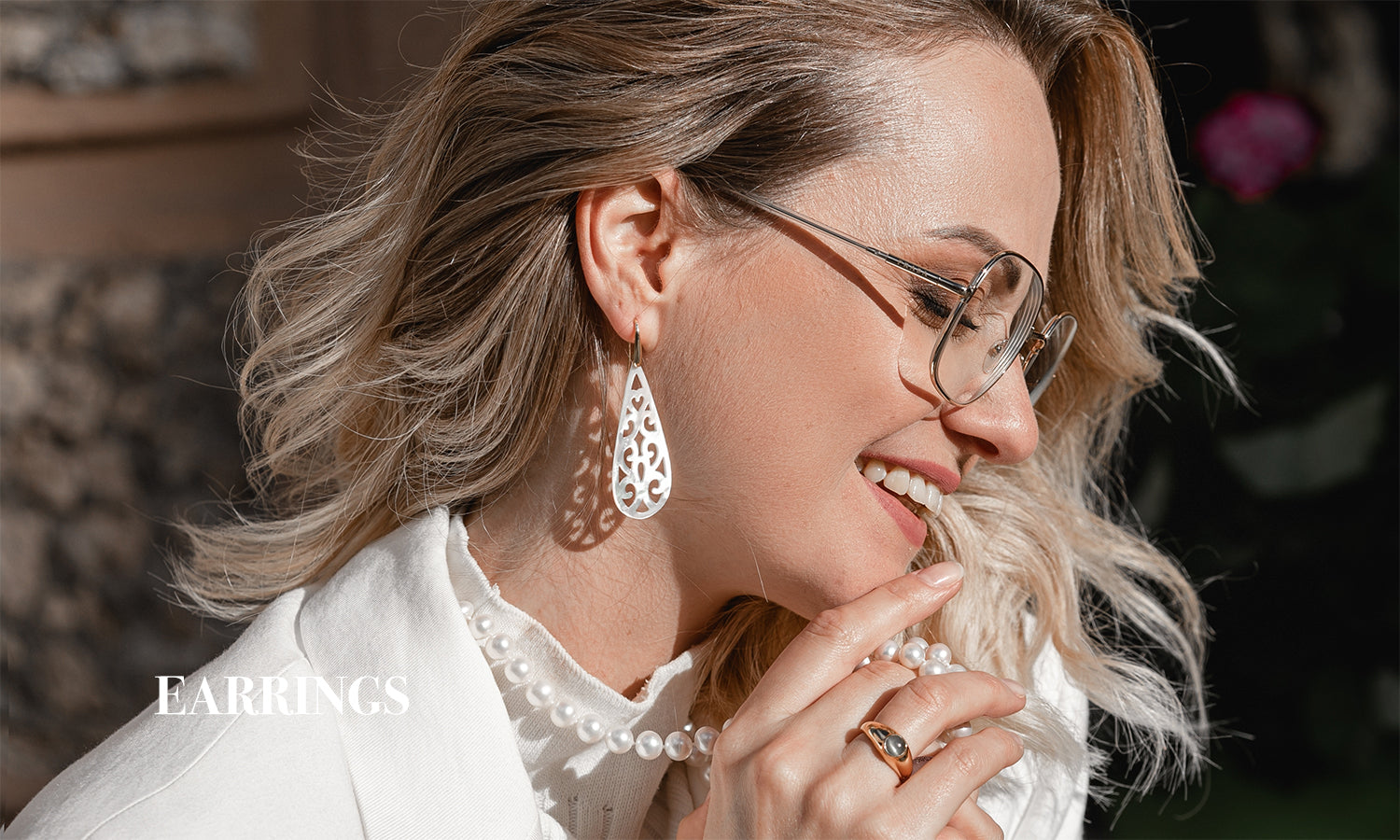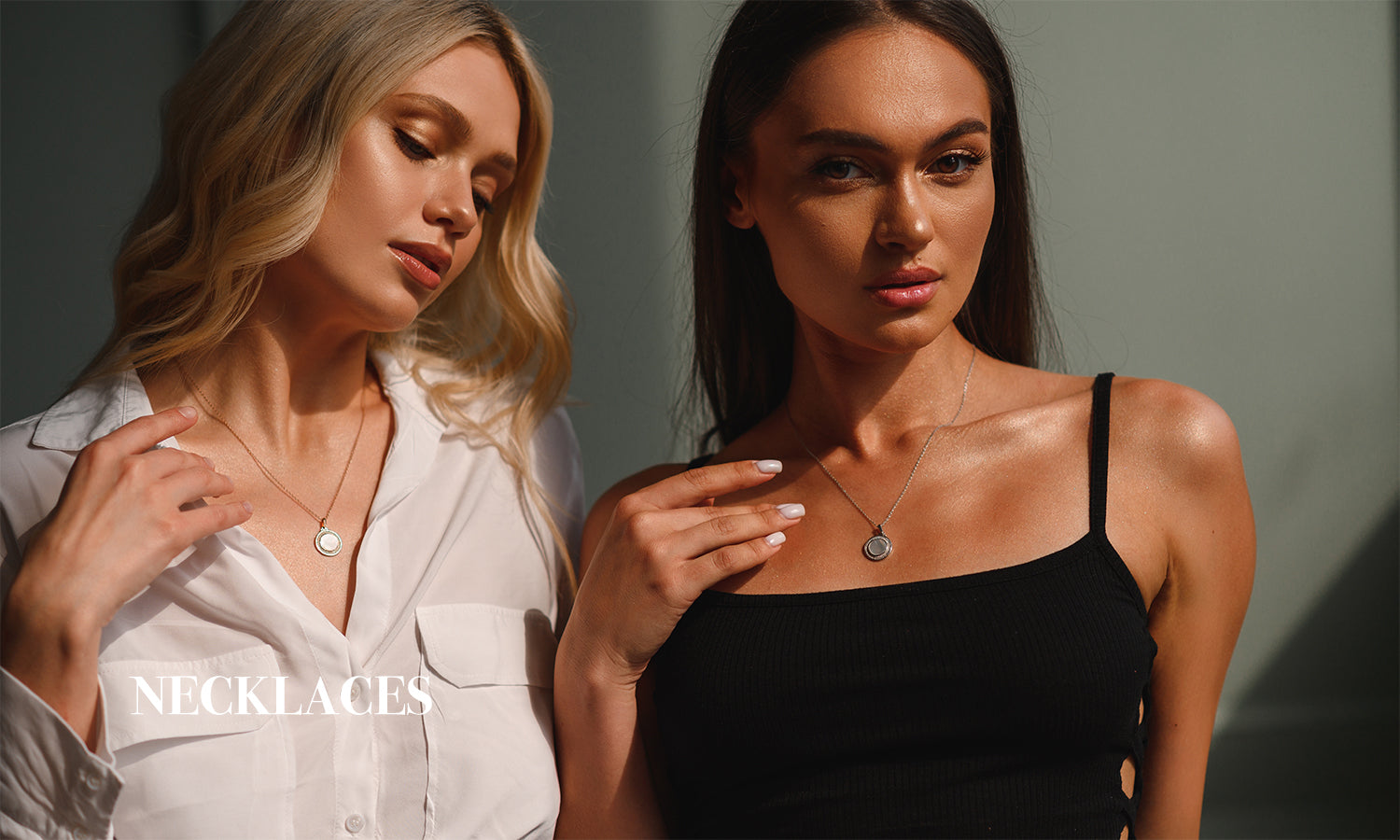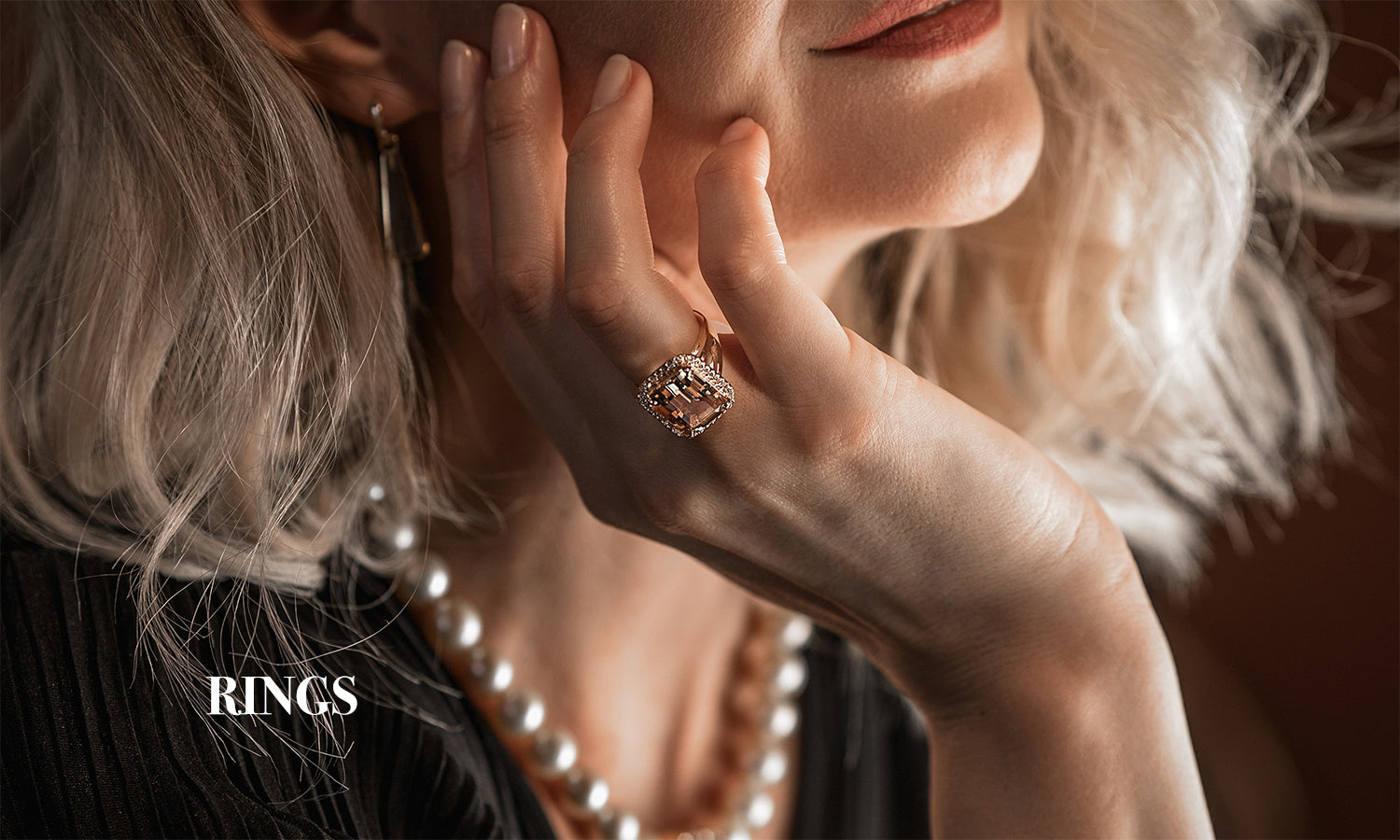
Can Moissanite cut glass?
Share
One of the most popular beliefs in the jewelry world is that the diamond is the only gemstone capable of cutting glass. In fact, it is one of the best-known tests to check if a diamond was original. However, this myth has been disproved as it is not the only stone capable of breaking glass. So, what about Moissanite? In this Planderful post, we invite you to discover the properties of this gemstone and we will answer you if Moissanite can cut glass.

Source: https://forever-moissanite.com/can-moissanite-cut-glass/
Why can gemstones cut glass?
The idea that a stone can cut glass depends on the hardness of the stone, which is measured by the Mohs scale. Hardness does not refer to what is commonly believed to be the ability of a stone to scratch. In that sense, a feather is harder than glass.
In turn, the hardness of a stone is related to its durability, that is, how long that stone can last over time in good condition. This is true as long as there is proper maintenance of the stone, even diamonds, a gemstone that is believed to be unbreakable. While a diamond is unlikely to break, it can become scratched or dull with poor maintenance. The same is true of all other stones.
To understand more about the concept of hardness, one of the most valued properties of gemstones, read on.
Hardness of gemstones
One of the most important properties of minerals in general and gemstones, in particular, is hardness. This has been traditionally defined as the resistance offered by a body to be scratched by another. This characteristic is intimately linked to the crystalline structure of the bodies, so that the smaller the distance between two elementary particles, the greater the hardness.
This concept was established by Friedrich Mohs to determine the hardness of solids, especially minerals. It is the Mohs scale and serves to classify minerals on the basis of the ten elements shown on it and which mark the ten grades into which it is divided.
According to the Mohs scale, these are the elements from the softest to the hardest:
1 - Talc: easily scratched by the fingernail.
2 - Gypsum: freshly scratched by the fingernail
3 - Calcite: scratches and scratches with a copper coin
4 - Fluorite: does not scratch copper coins and glass
5 - Apatite: only scratches glass and scratches easily with a knife.
6 - Orthoclase: easily scratches glass and is only scratched by a nail file
7 - Quartz (Amethyst, Citrine, Tiger's eye, and aventurine): not scratched by a nail file
8 - Topaz
9 - Corundum (sapphires and rubies)
10 - Diamond: cuts glass
There are other procedures and scales used to measure the hardness of materials, such as Rockwell, Brinell, or Vickers.
You may also be interested in: The Mohs Hardness Scale and Chart for Select Gems
Hardness and durability of gemstones
The hardness of a gemstone is directly related to its durability and, together with the refractive index, greatly influences the brilliance of the cut stone. Indeed, the greater the hardness of the stone, the higher the degree of polish that can be obtained and the greater the brilliance. This relationship is so clear that values between 8 and 10 are called "precious stone hardness".
It should be noted, however, that in addition to the scratch hardness we have discussed so far, it turns out that each stone usually has a different hardness on different faces or directions. This is of great importance to the gem cutter, who has to bring into play his experience and skill in doing this work and for whom it would be of great use to know the absolute values of the hardness in each direction of the crystal he is about to work. This is what is known as carving hardness and for what interests us here suffice it to say that a harder mineral supports carving better than a soft one.

Source: https://www.pricescope.com/education/moissanite-vs-diamond
Now, can Moissanite cut glass?
The answer is yes. Moissanite is the mineral with the highest hardness, second only to diamond by a very small margin. Moissanite scores a 9.5 on the Mohs scale, while diamond scores a 10 on the Mohs scale.
For this reason, and its similar appearance, Moissanite is often confused with diamond. So much so that its discoverer, Henri Moissan, thought they were diamonds when he saw them for the first time. Today, gemstone specialists may mistake Moissanite for diamond. For this reason, Moissanite is the perfect stone as an alternative to diamond, and it is a cheaper option to have a jewel just as precious.
It is worth clarifying that Moissanite is a gem itself, and not an imitation of a diamond. It is a good quality mineral, with a high degree of hardness and durability, and with a higher fraction index than diamond, making it one of the most brilliant gems in existence.
You may also be interested in: Here is the priceless art of Moissanite in Planderful
Back to the durability of this stone, Moissanite can cut glass due to its chemical composition. Moissanite is composed of silicon carbide (SiC), a rare element found mostly in meteorites. This is why Moissanite is also known as "stardust". Silicon carbide has carbon atoms that are firmly bound by four bonds to other atoms. The same is true of diamond, which is composed of pure carbon crystals. Diamond is the hardest mineral in nature due to the bonding forces of the atoms. The same is true of Moissanite: its hardness is due to the strength of the bonds of the carbon atoms.
Silicon carbide is also one of the main semiconductor materials for high-temperature, short-wavelength, radiation-resistant optoelectronics, and high-frequency/high-power electronic devices due to its physical and electronic properties. Moissanite is currently created in laboratories because silicon carbide is scarce in nature. This gem is created with carbon and silicon, through a combination of pressure and heat.

Source: https://www.amazon.com/Moissanite-Engagement-Sterling-Solitaire-Created/dp/B09XMYFRXH
Now that you know if Moissanite can cut glass, we invite you to visit Planderful's website to discover our jewelry.




